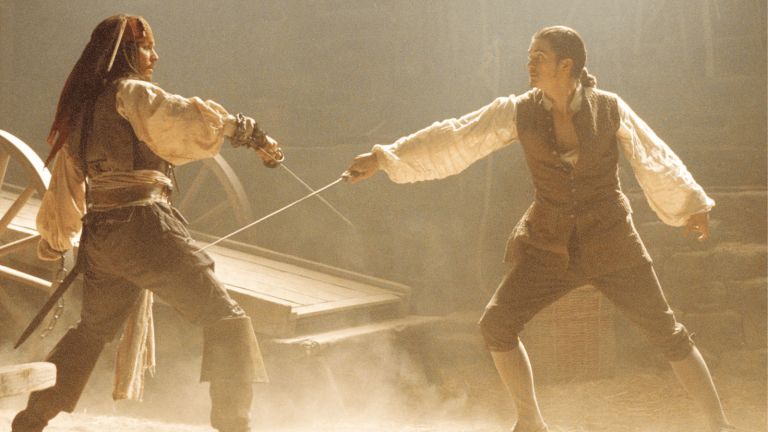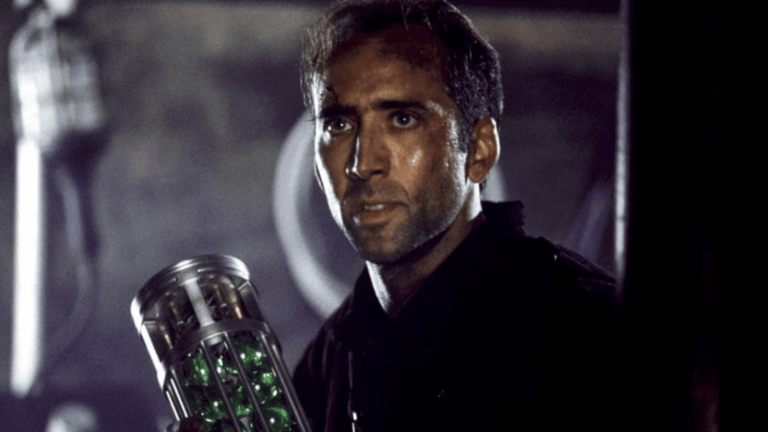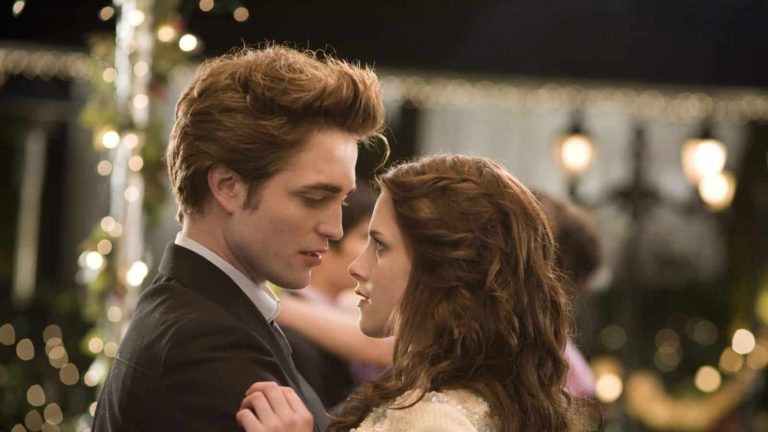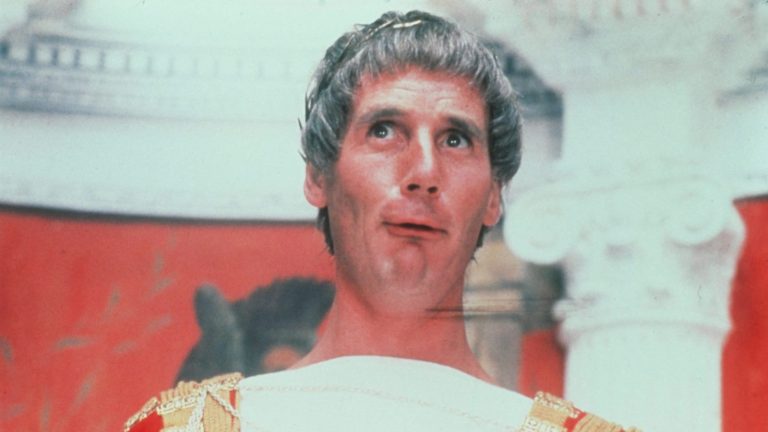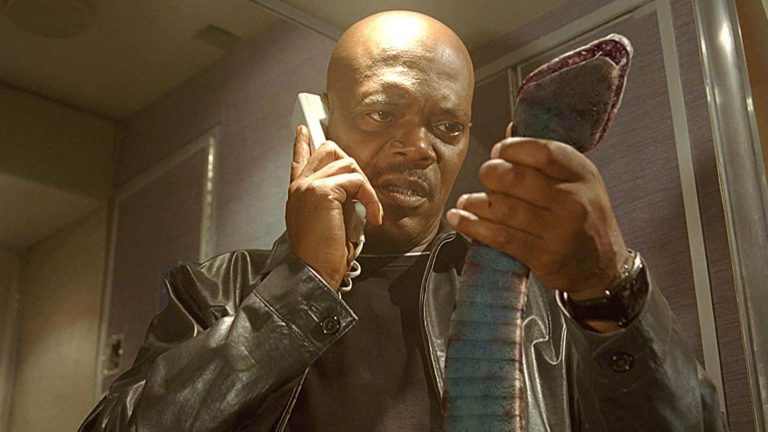Can You Guess Which of These 19 Film Gimmicks Actually Worked?
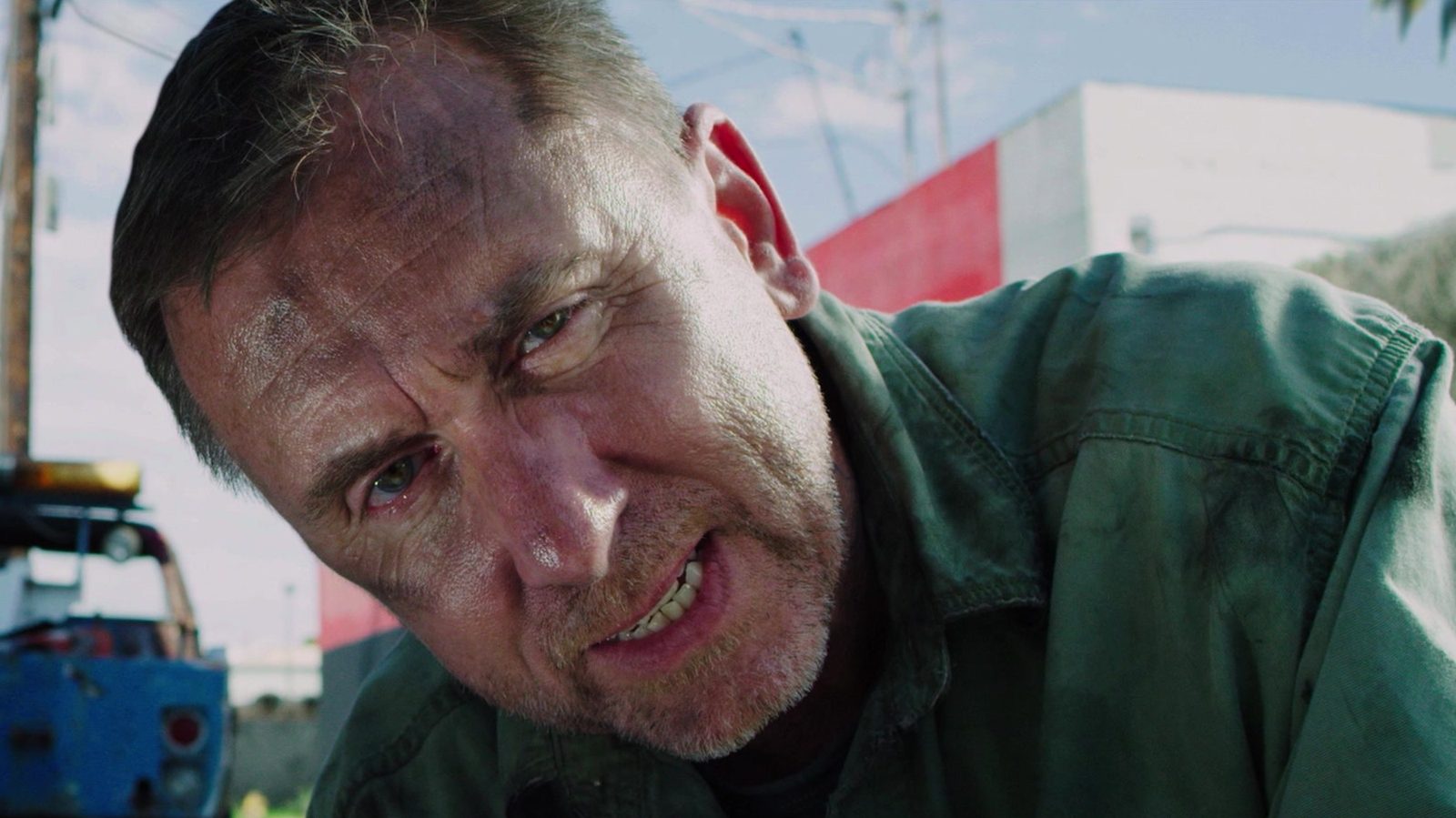
Filmmakers have always tried to add a unique twist to their movies. While traditional storytelling follows a linear three-act structure, some filmmakers try to be different by using tricks or gimmicks in their storytelling.
Sometimes this approach can be very effective and wow the audience, while other times it can completely ruin the film. We can learn from both successful and unsuccessful attempts, so let’s take a look at the achievements and failures of incorporating gimmicks into a film. Try to guess which gimmicks worked and which didn’t!
1. Psycho

The cult classic film, which follows Marion Crane fleeing her job after she embezzled hundreds of thousands of dollars from her employer, is built upon the gimmick that the protagonist gets murdered at the end of the first act.
The film then successfully shifts focus to Marion’s murderer, Norman Bates, famously played by Anthony Perkins. This gives the film a nasty edge that catapults it to being one of the greatest films ever made!
Verdict: It worked!
2. The Divergent Series: Allegiant

The third and final film in the Divergent franchise was founded on the gimmick of the last book being split into two parts.
The catch? The fourth film was never made, leaving a franchise without an ending. Whoops!
Verdict: It didn’t work!
3. Rashomon
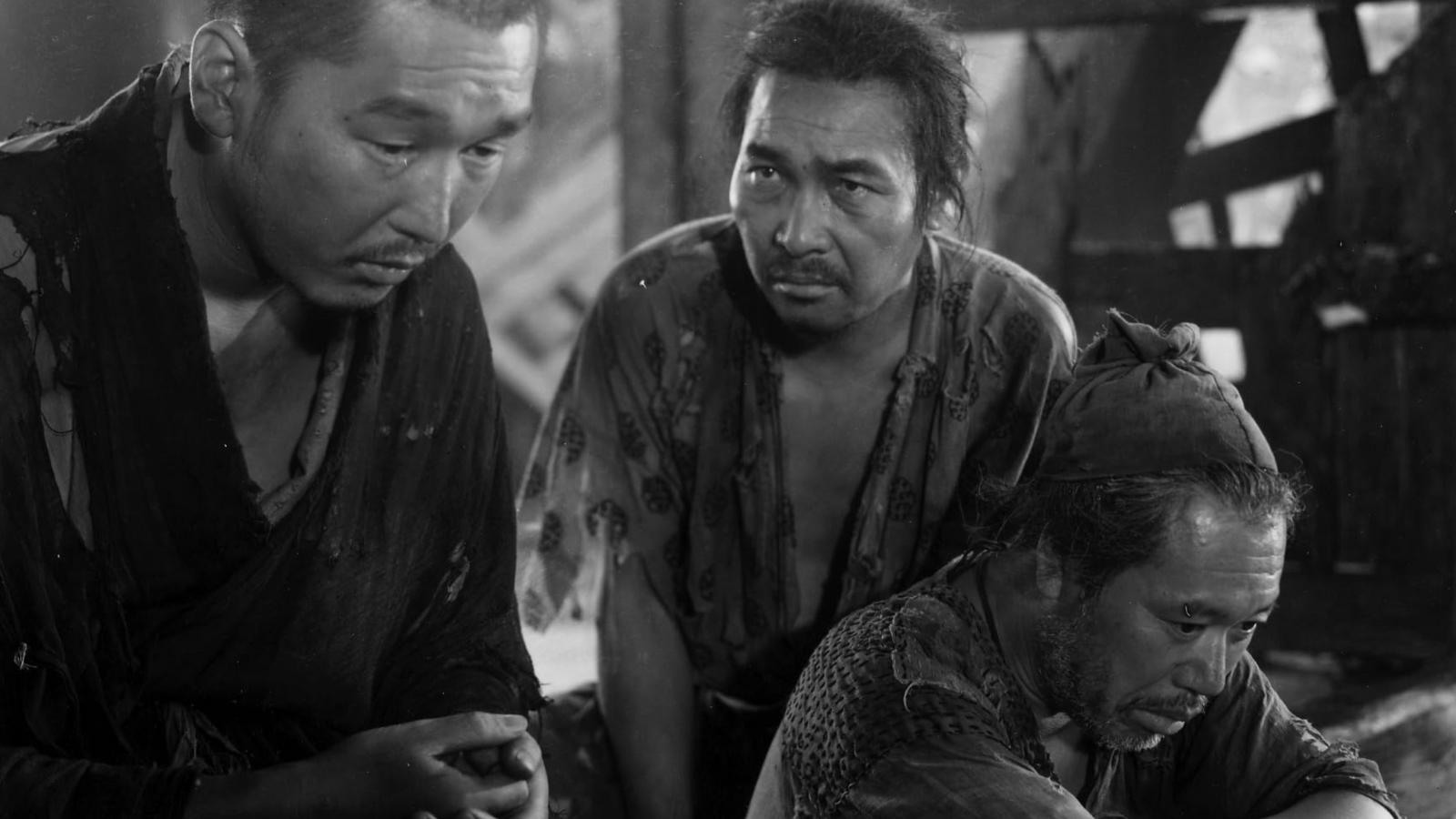
The classic film by Japanese filmmaker Akira Kurosawa follows the attack of a woman and her husband as recounted by a criminal, the woman, her husband’s ghost, and a woodcutter who saw the events transpire.
This gimmick is great because it heightens the film’s suspense, keeping the audience on edge throughout the film’s entire runtime.
Verdict: It worked!
4. Vortex
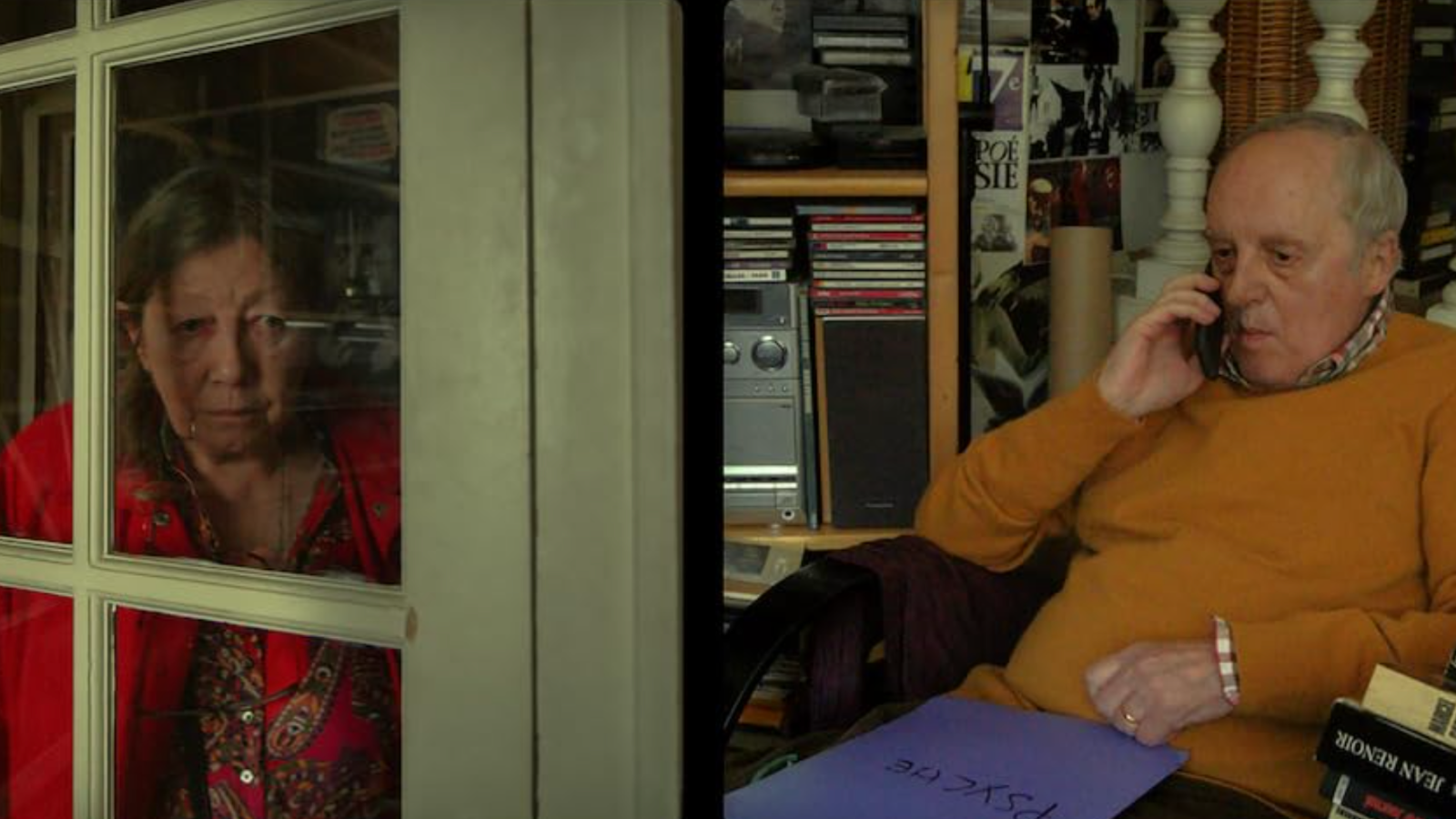
Vortex is Gaspar Noe’s depressing drama about an aging couple who drift further and further apart due to the overwhelming influence of dementia.
The gimmick here is the film’s use of split-screen, with the entire movie shot in this format to show the progression of the couple’s disintegrating relationship. It’s a tough watch, but an ultimately rewarding one.
Verdict: It worked!
Follow us on MSN to see more of our exclusive entertainment content.
5. The Lightning Thief
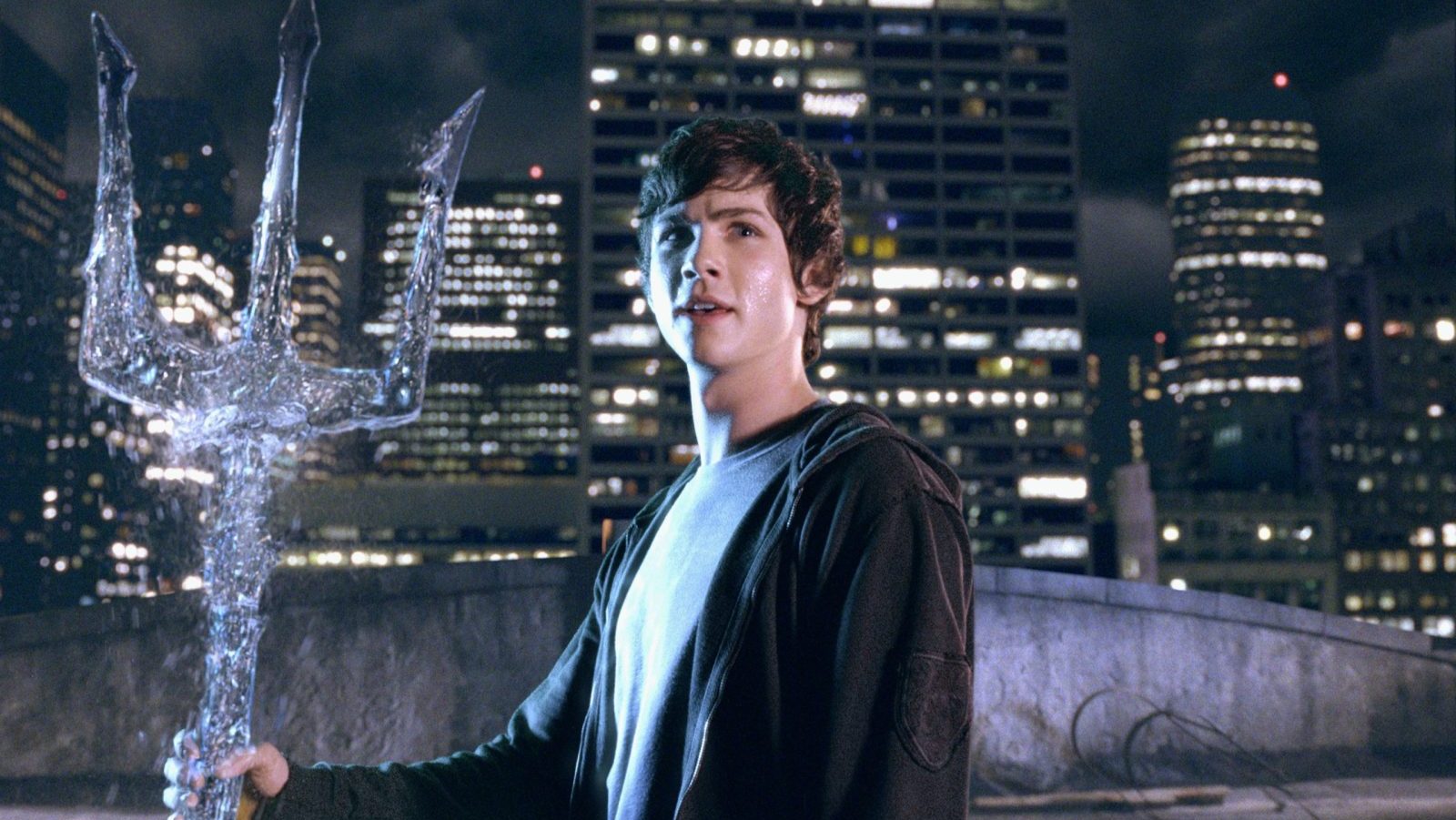
Many of the YA adaptations of the 2010s could have made it on this list, but of particular interest here is this adaptation of Rick Riordan’s Percy Jackson series.
This film and its subsequent sequel failed so gloriously that Disney had to reboot the franchise on Disney+.
Verdict: It didn’t work!
6. Memento

Christopher Nolan’s neo-noir thriller follows Leonard Shelby, an amnesiac who’s trying to investigate the murder of his wife through an elaborate system of photographs and notes.
The film is structured non-linearly, with the narrative working to convey Leonard’s deteriorating mental state. It’s a gimmick that helps to sustain the movie as a cult classic!
Verdict: It worked!
7. Clue
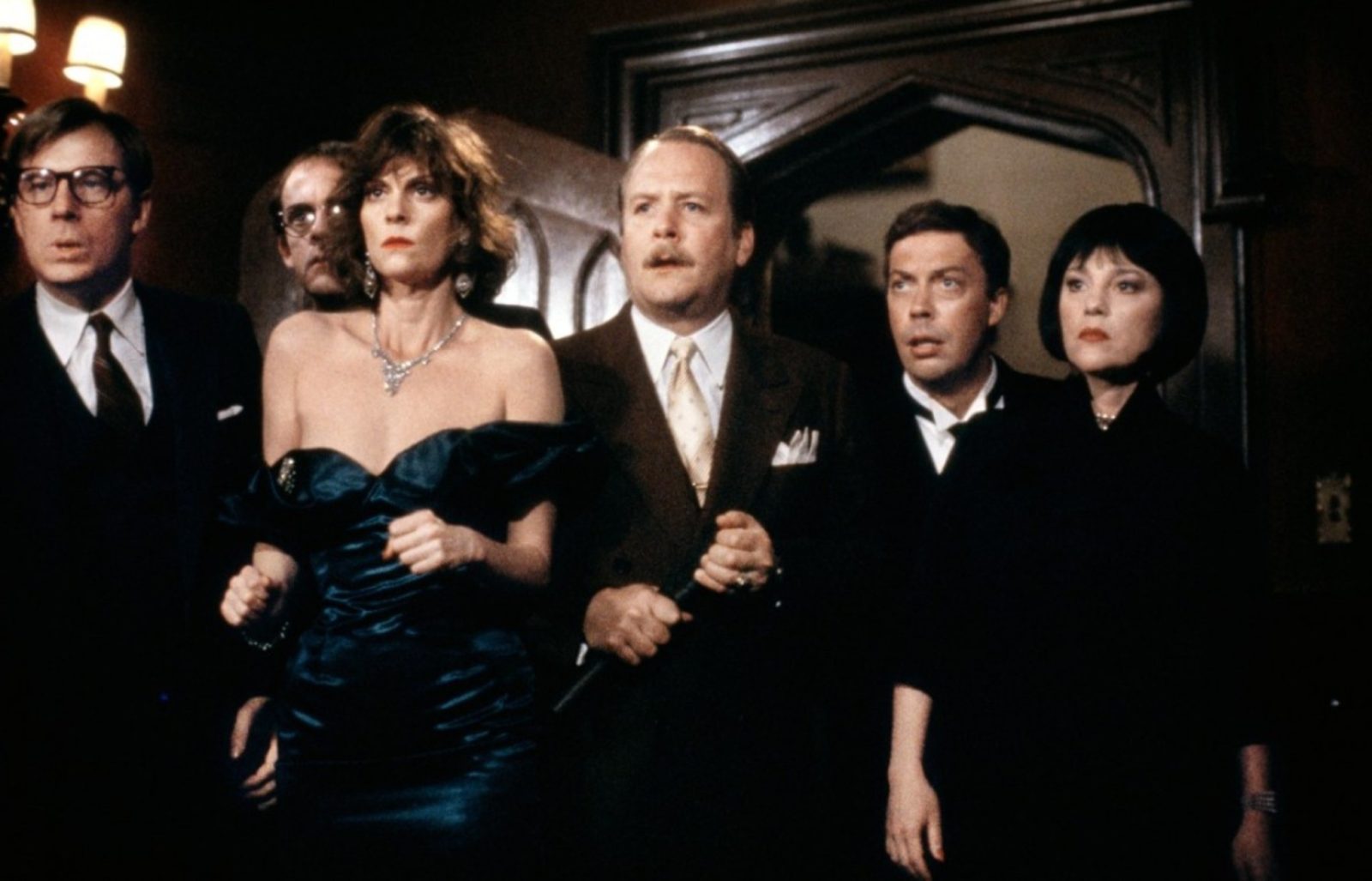
The 1985 dark comedy, directed by My Cousin Vinny’s Jonathan Lynn and based on the Hasbro board game, has a gimmick so clever that it ultimately becomes what the movie is known for: its multiple endings.
The various endings heighten the comedy and maintain the spirit of the board game!
Verdict: It worked!
Follow us on MSN to see more of our exclusive entertainment content.
8. Hardcore Henry

The film’s gimmick is that it’s shot entirely in POV, or from the point-of-view of a character. The movie centers on the titular Henry, who wakes up in a hospital, only to find his entire body has been replaced with cybernetic body parts.
The film is a fascinating attempt to port the experience of playing a video game into a film, though it ultimately fails due to the lack of narrative cohesion or interesting characters. What a waste!
Verdict: It didn’t work!
9. Pulp Fiction
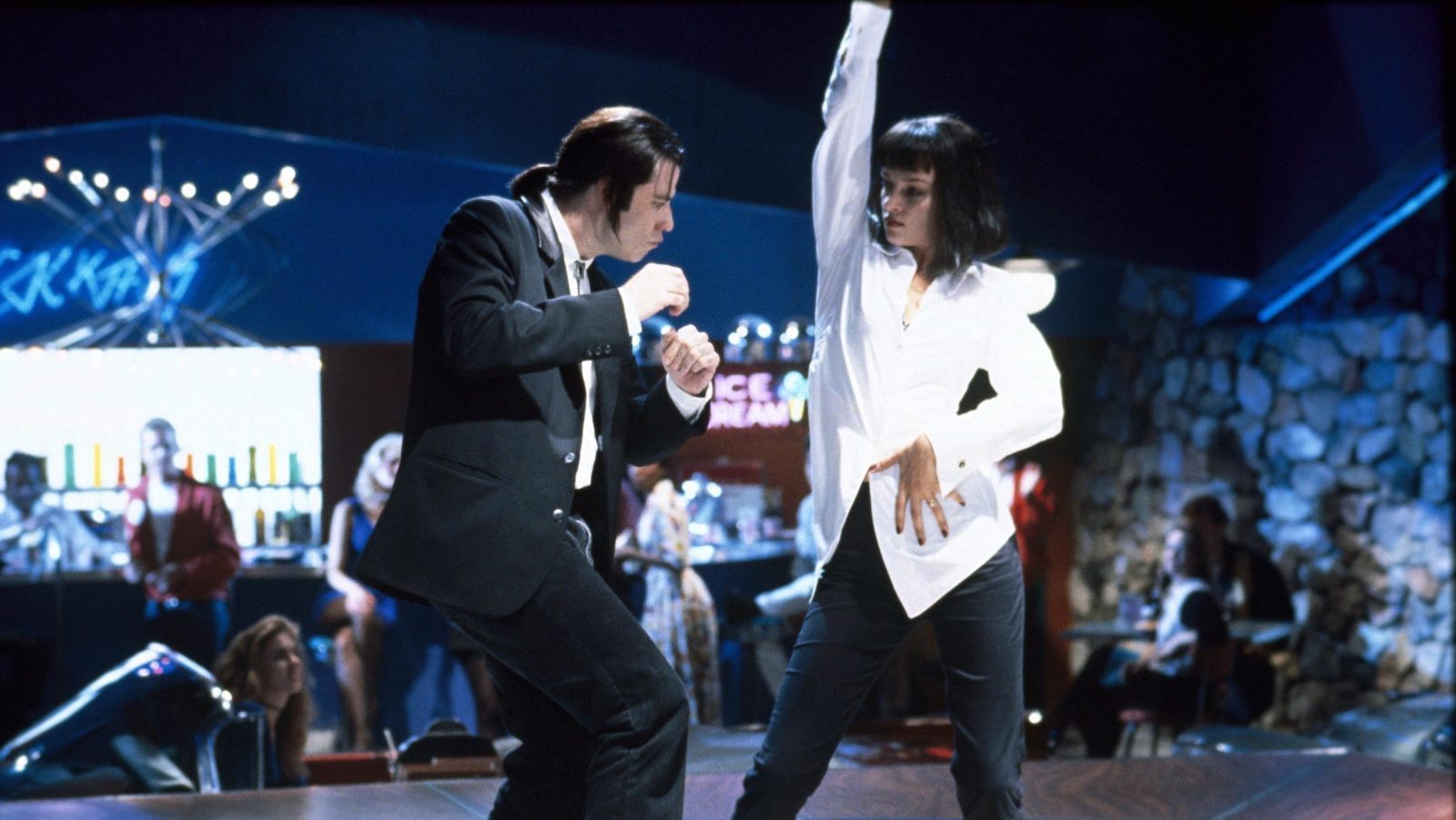
The ubiquitous second film by Quentin Tarantino bends the rules of narrative structure, containing several plots that start as self-contained stories until they converge at a single point.
Bold, sexy, and snappy, the film’s structure has contributed to its longevity in popular culture.
Verdict: It worked!
10. High Tension
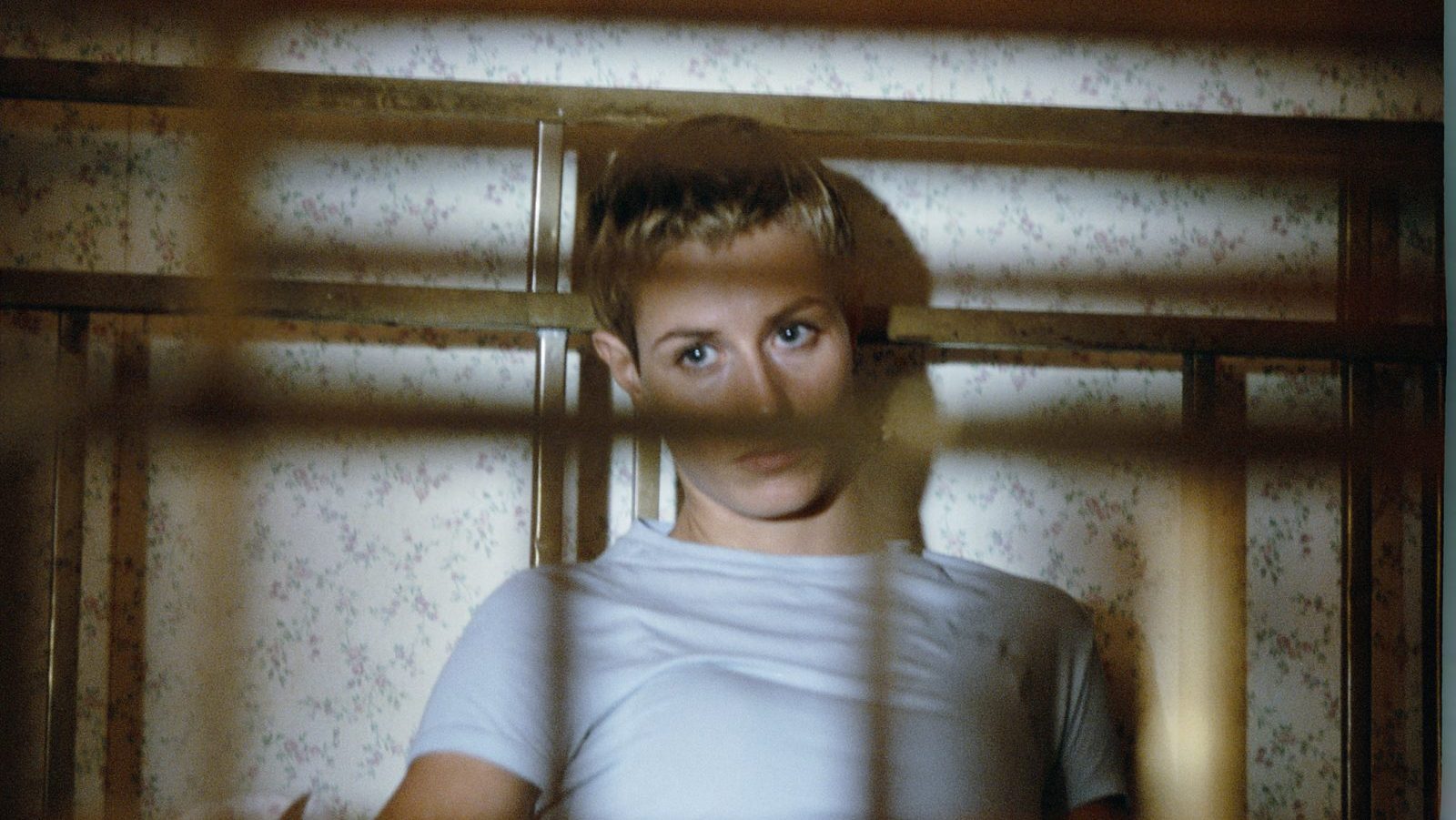
This French horror film, directed by Alexander Aja, follows two women, Alex and Marie, as a crazed serial killer stalks them. The twist, however, renders the entire film impossible when we learn that Marie is actually the real killer.
However, this gimmick makes no sense when the killer actively pursues the two characters in a pickup truck, rendering the reveal illogical and inept.
Verdict: It didn’t work!
11. Adaptation
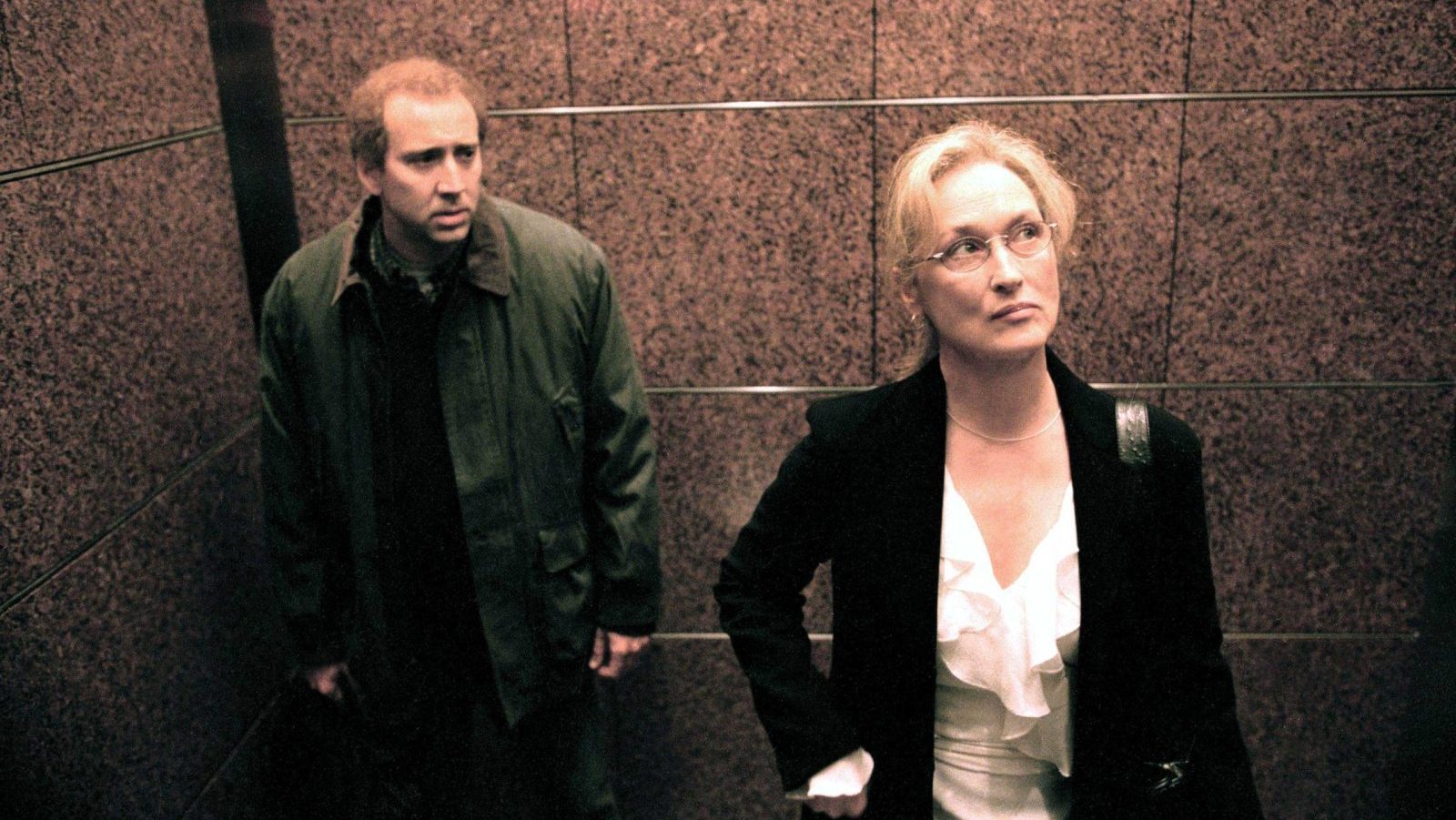
Spike Jonze’s film Adaptation is based on Susan Orlean’s The Orchid Thief and follows the struggles of adapting it into a screenplay.
It’s a funny and self-referential exploration of turning books into movies.
Verdict: It worked!
Follow us on MSN to see more of our exclusive entertainment content.
12. The Scent of Mystery

This 1960 film was the first to use a technique called ‘Smell-O-Vision,’ which was supposed to enhance the viewing experience for the audience.
The problem with this is that the film makes no sense without the enhancement of this gimmick! Good luck watching this movie at home.
Verdict: It didn’t work!
13. The Usual Suspects
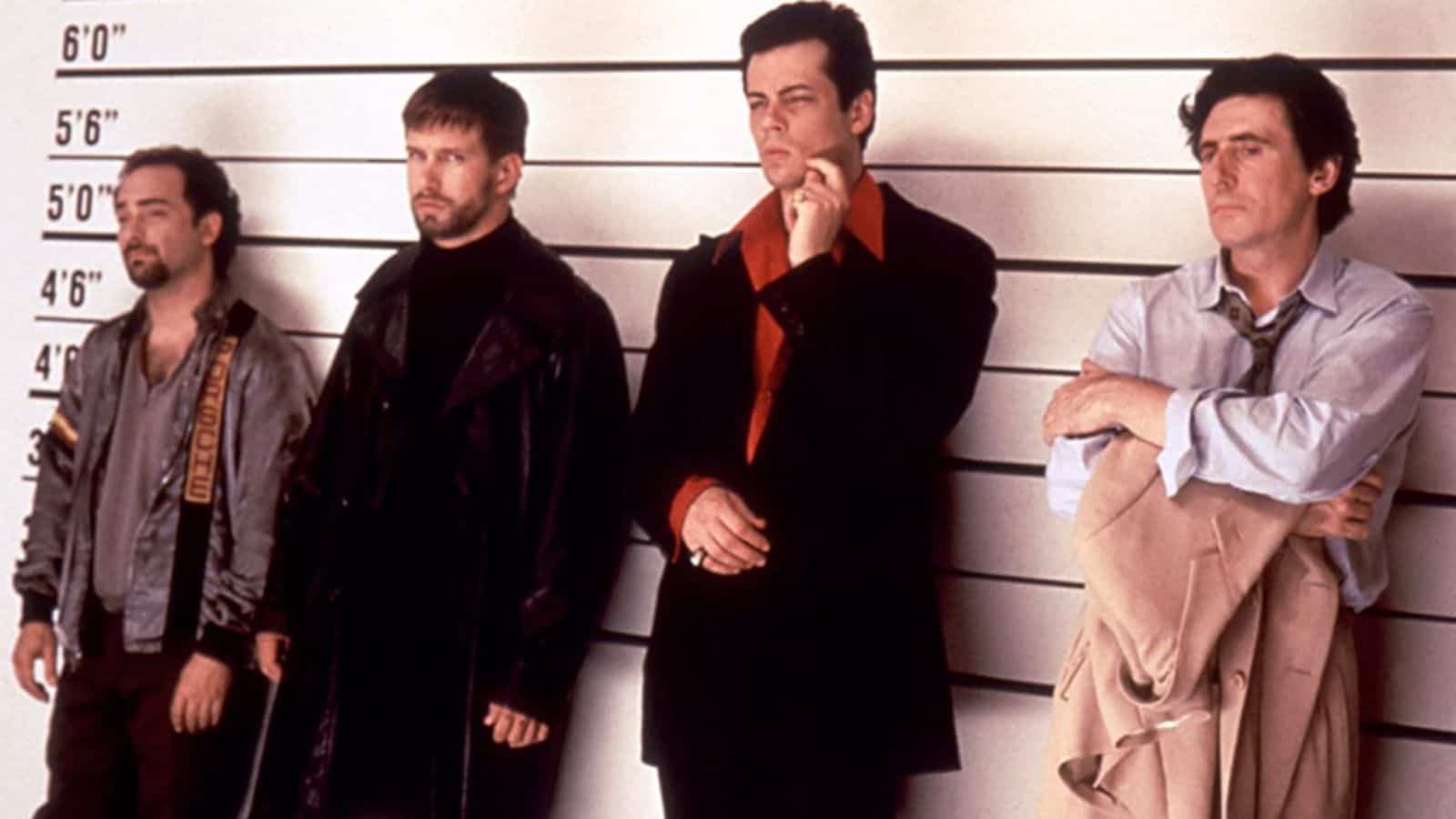
Bryan Singer’s 1995 crime comedy follows Kint, played by Kevin Spacey, as he tries to convince the feds that notorious crime lord Keyser Soze roped him into a million-dollar heist.
The film’s unreliable narrator gimmick lends it a heavy rewatch value, creating a modern classic.
Verdict: It worked!
14. Wicked, Wicked
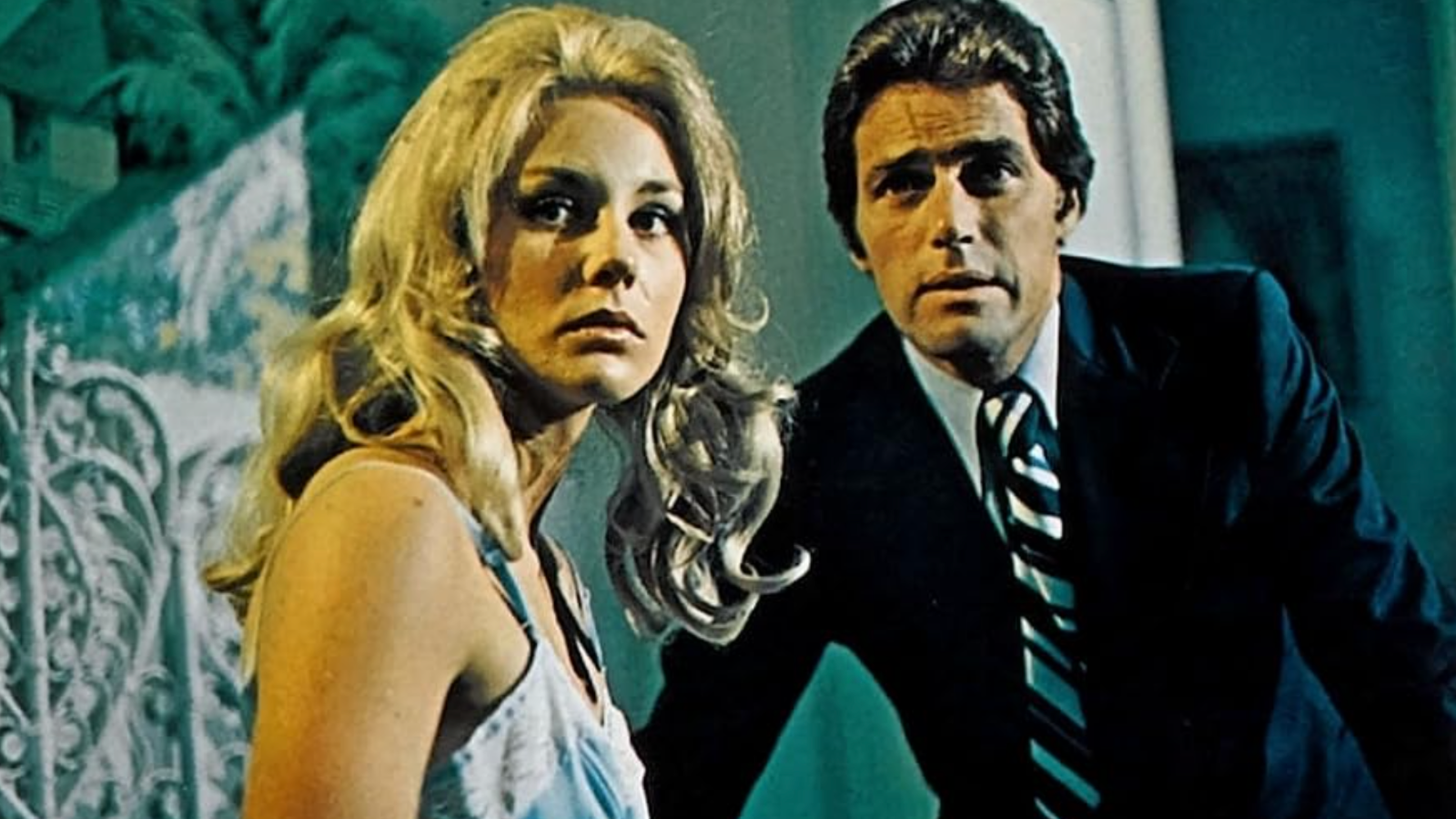
This goofy thriller is presented in a process called ‘Anamorphic Duo-Vision,’ which is just a fancy way of saying that the entire film is shot on split-screen.
The film, which is, in theory, a comedy, is a slog that doesn’t use its gimmick to any interesting ends.
Verdict: It didn’t work!
Follow us on MSN to see more of our exclusive entertainment content.
15. Blue

Derek Jarman’s final film, chronicling his battle with an AIDS-related illness, has a gimmick that’s never been repeated in the history of cinema: The entire movie is a single static shot of the color blue.
Much of the film’s content consists of narration and musical numbers written by Jarman. It’s a tough watch but ultimately rewarding for those with the patience to seek it out!
Verdict: It worked!
16. The Devil Inside
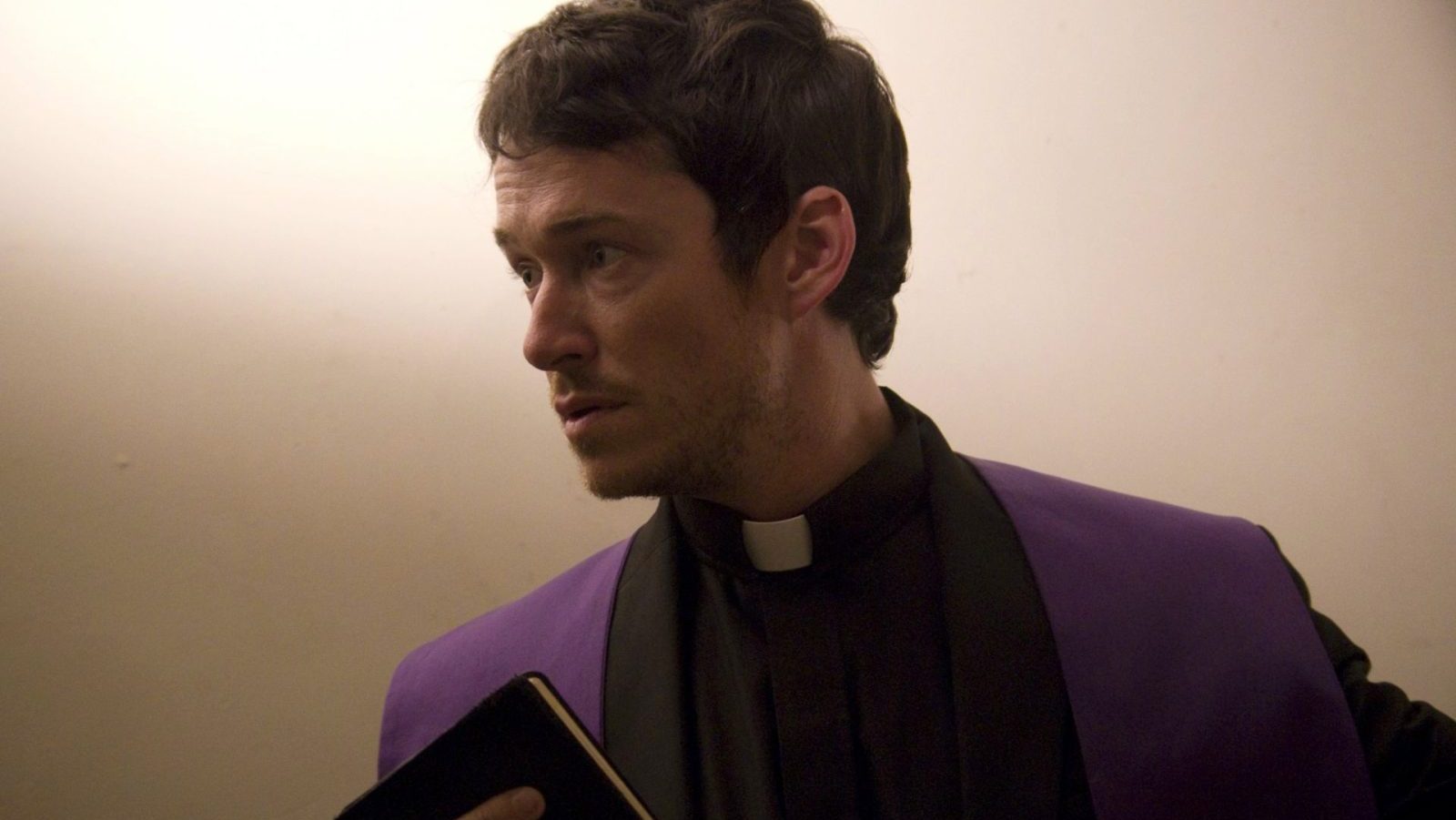
This 2012 horror film follows a woman who participates in a series of exorcisms to find out what happened to her mother. The film operates on the gimmick that the audience will love the film so much that they’ll go and watch the ending on www.therossifiles.com.
That’s right, folks–the film has no ending! It’s a lousy gimmick, indeed.
Verdict: It didn’t work!
17. Mr. Sardonicus

William Castle’s 1961 horror picture follows a man whose face deforms in a frozen grin while trying to rob his father’s grave to retrieve a lottery ticket.
The gimmick here is that the audience gets to choose whether or not the main character lives or dies by the end of the film. This gimmick works because it’s fun!
Verdict: It worked!
Follow us on MSN to see more of our exclusive entertainment content.
18. Cannibal Holocaust
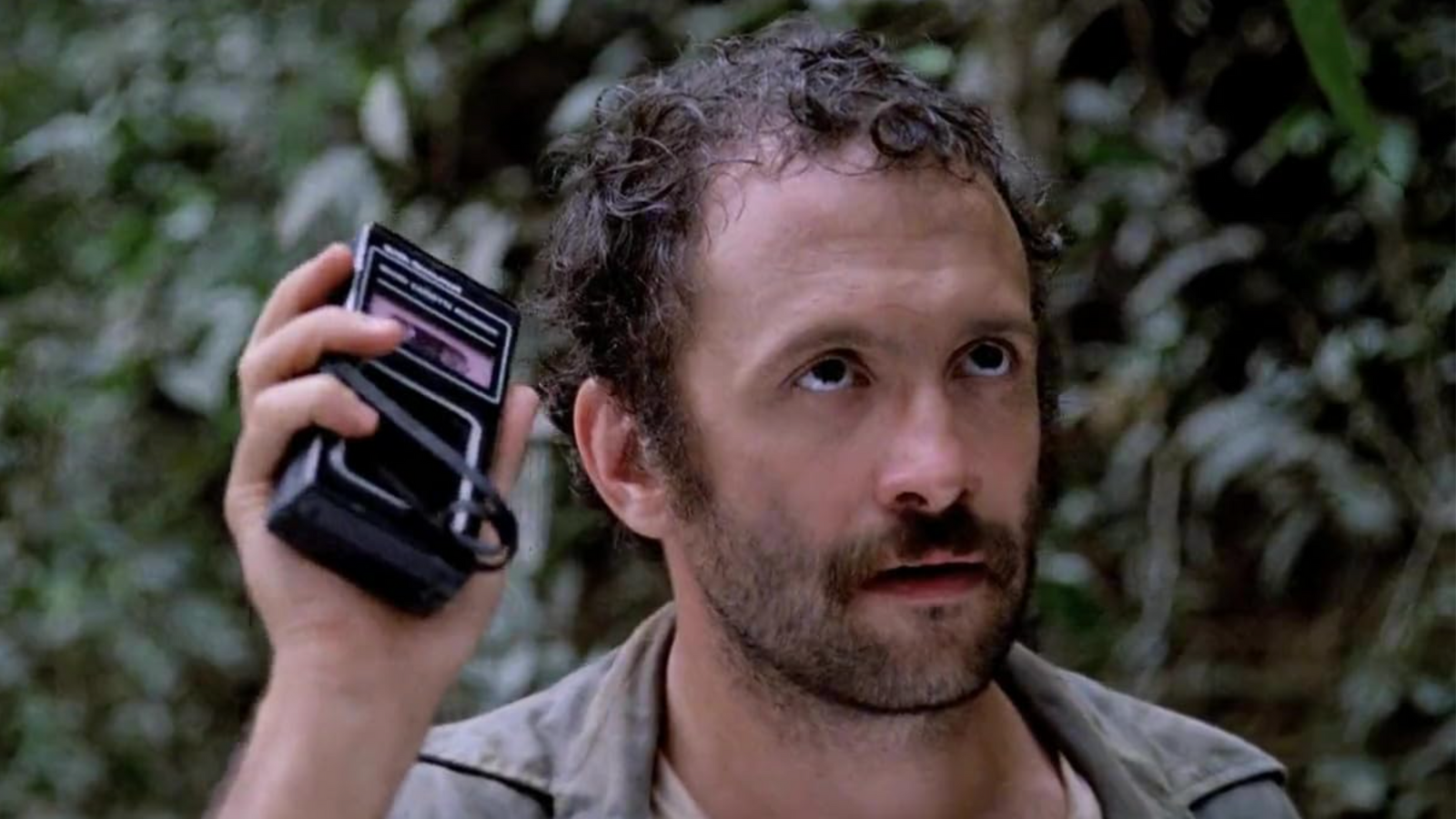
This 1980 horror film, directed by Italian director Ruggero Deodato, incorporated elements of reality into his movie, claiming that the lead actors of his film were dead.
This creative tactic backfired, with the director being put on trial for murders that he never even committed. A failure indeed!
Verdict: It didn’t work!
19. Earthquake
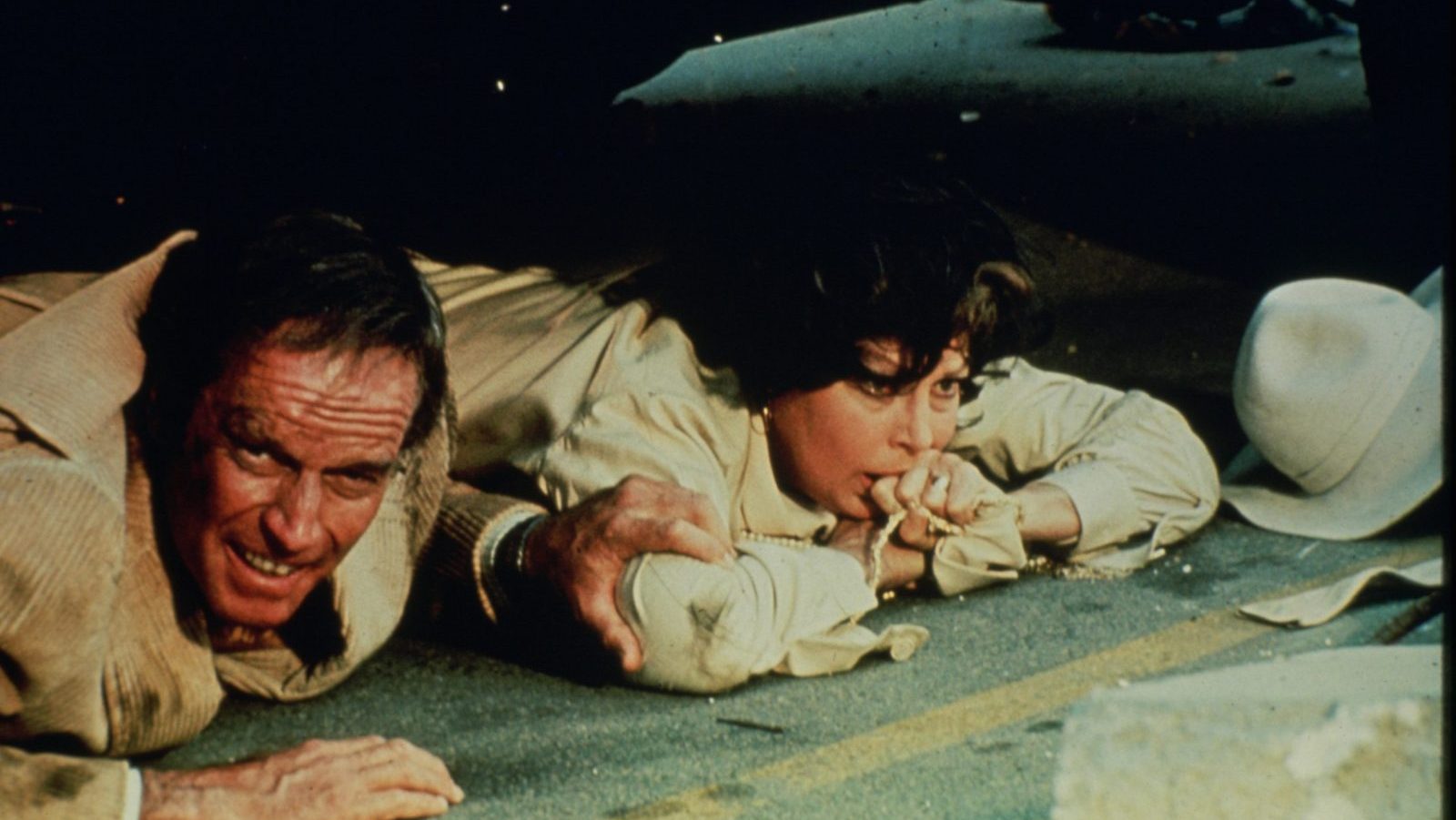
The 1974 disaster film worked to incorporate new sound technology. Called Sensurround, Universal installed subwoofers in theaters to simulate the effects of an earthquake in the actual theater. Say what you want about the film, but the new sound technology revolutionized the film business forever.
Verdict: It worked!
11 Vampire Movies That Will Make You Thirst for More
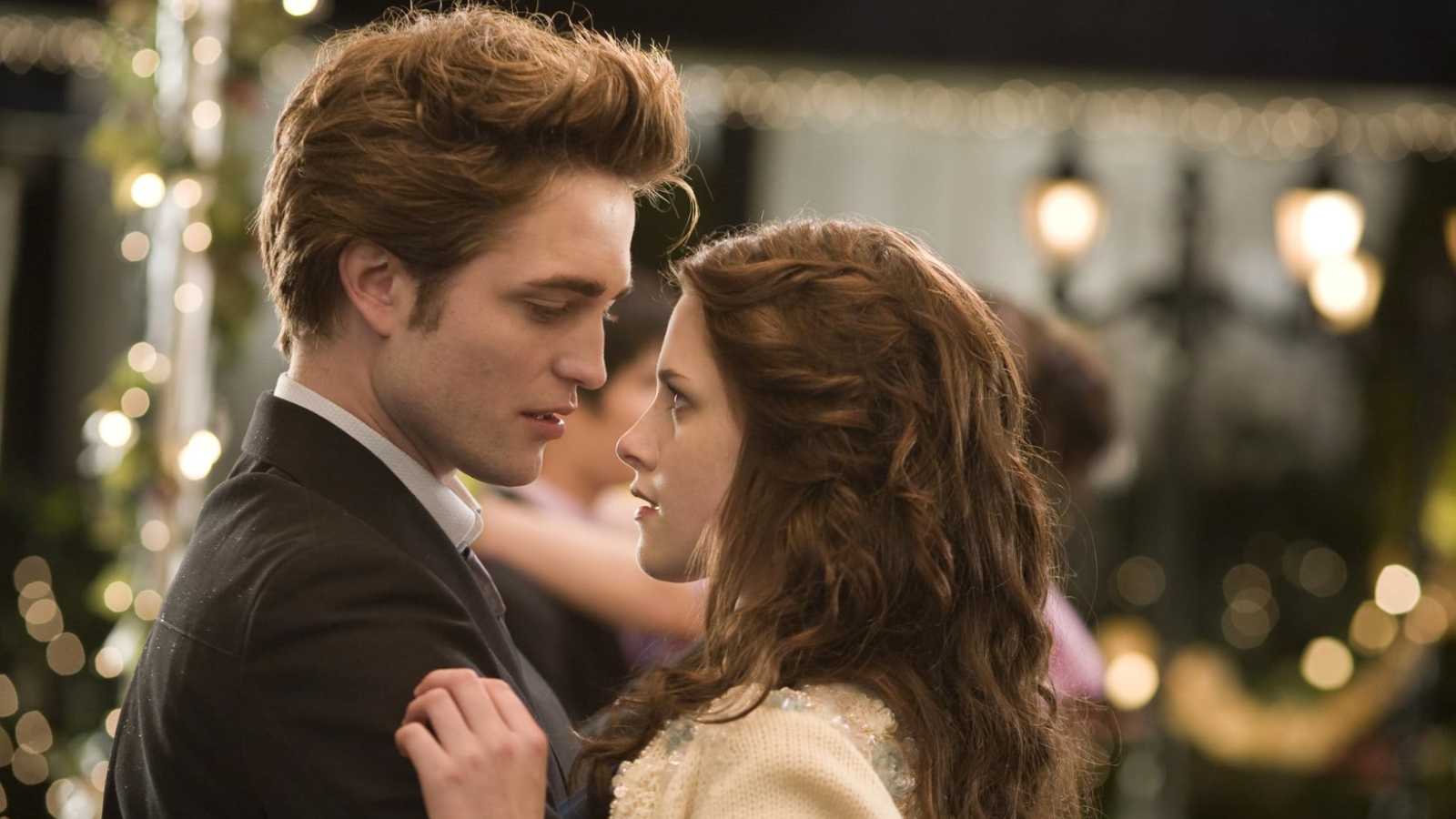
Sometimes, we just love to watch a favorite vampire movie, one of the ones that never get old. It piques our imagination with the unknown story of two teenagers fighting for their love, the incredible and creepy scenes, and the bloodsucking classics.
If you’re looking to get a good rest and watch vampire movies all day, look no further than this list!
11 Vampire Movies That Will Make You Thirst for More
20 Hilarious Movies That Aren’t Actually Comedies
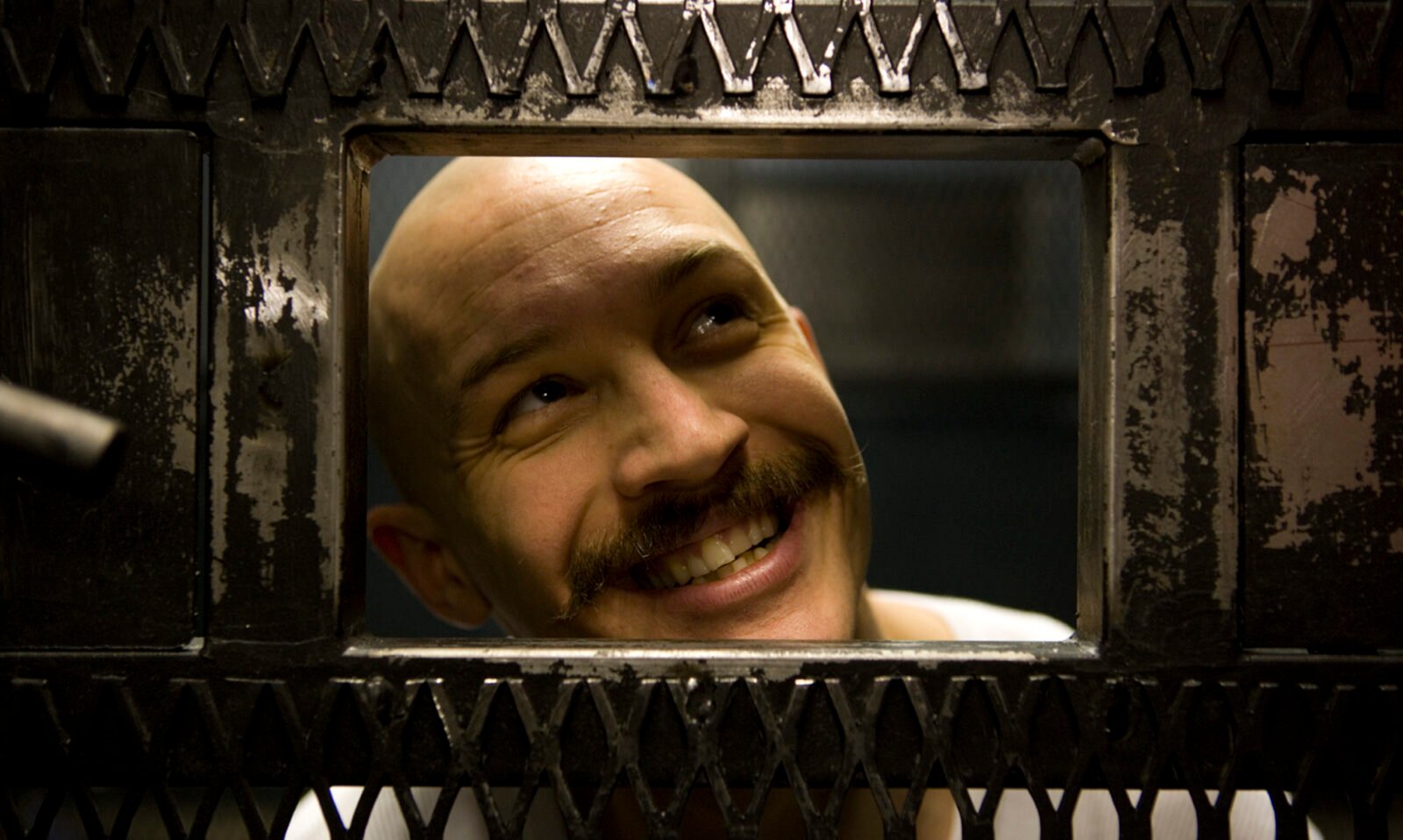
Just because a movie is not in the comedy category does not mean it cannot be funny. These movies latched onto that belief and injected a healthy dose of comedy into other genres.

